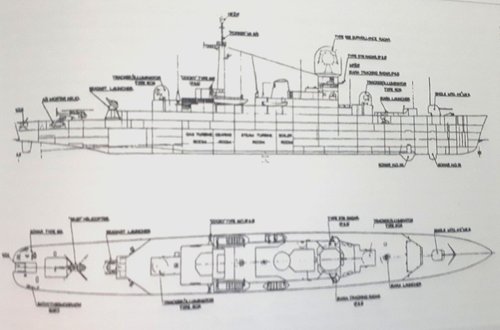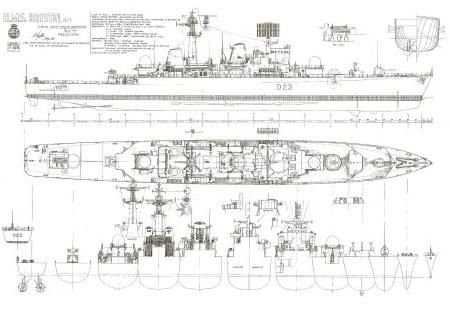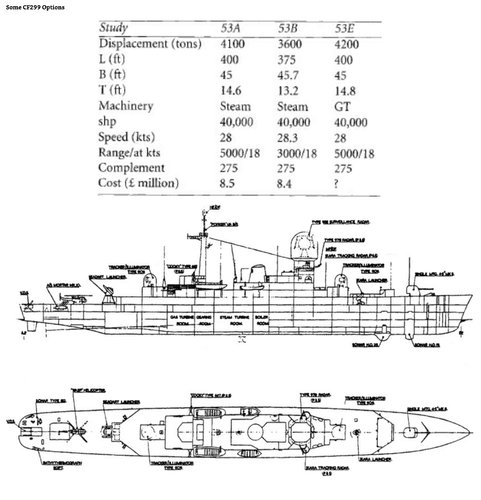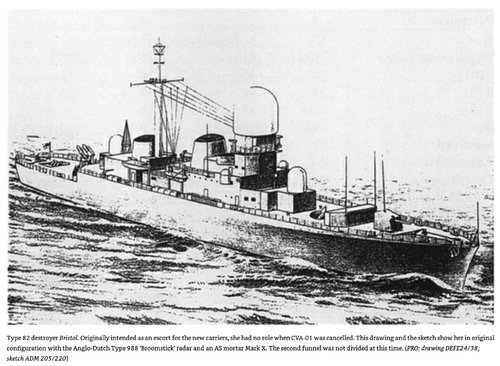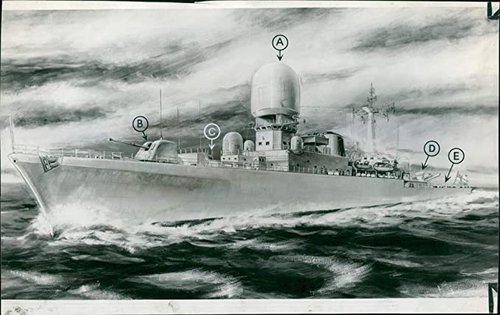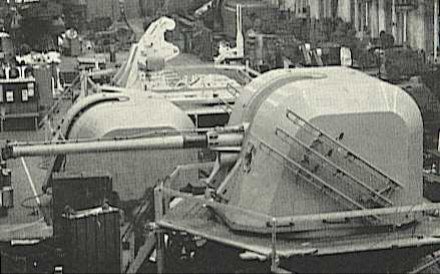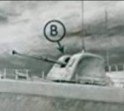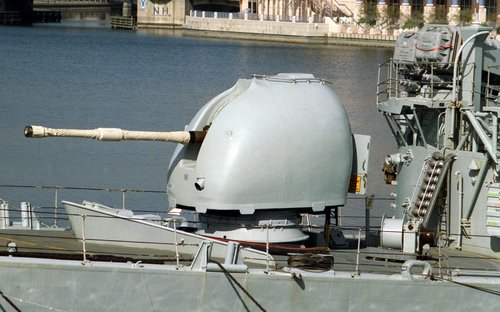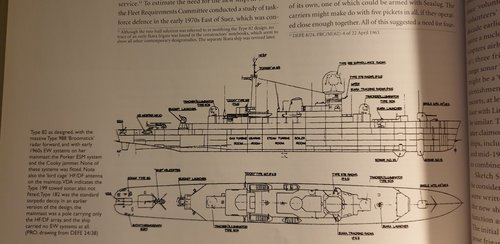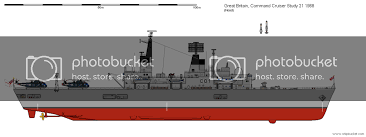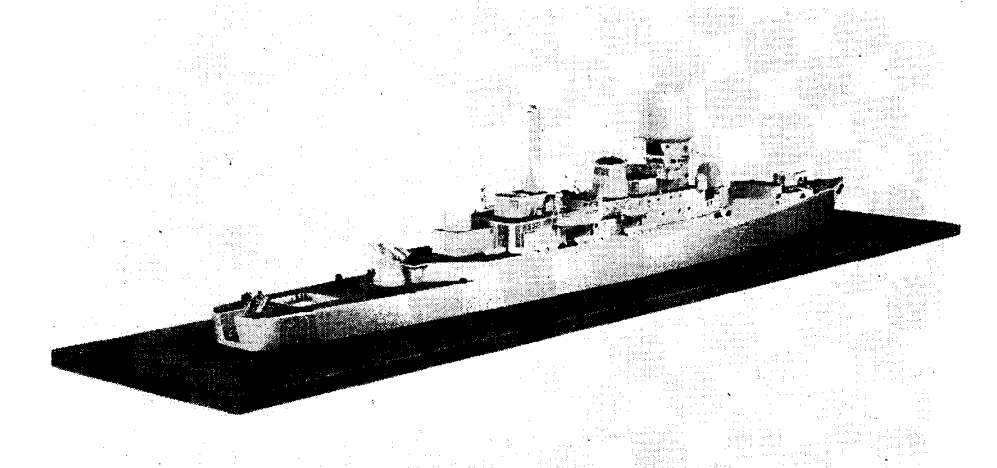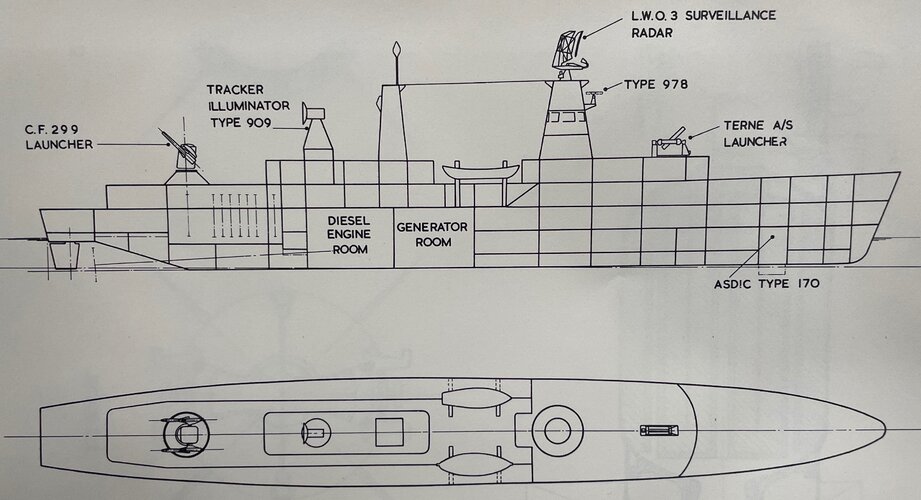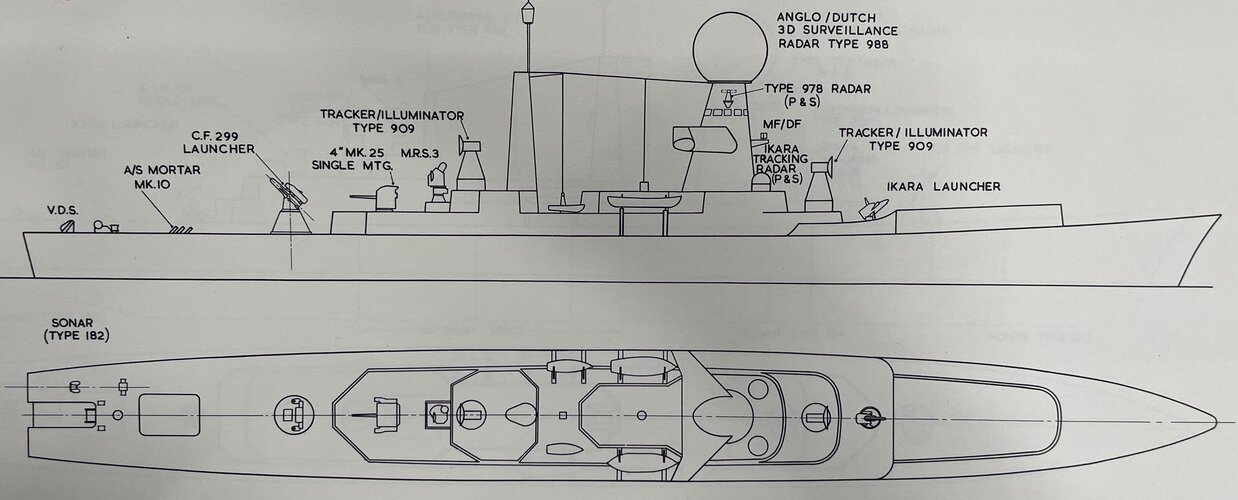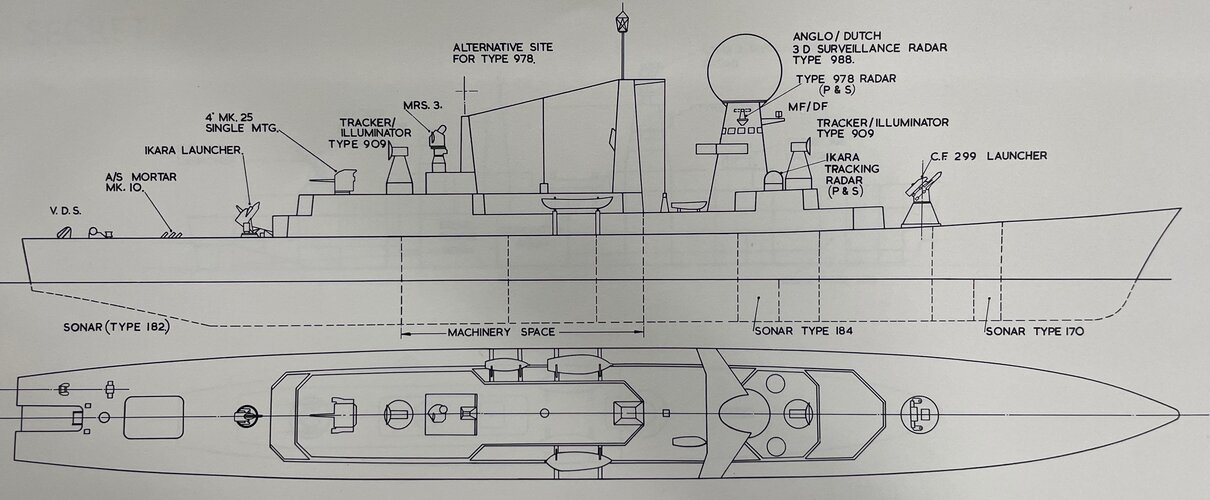A brief history of the events which led up to the current machinery installation design and some explanation to indicate why a destroyer design should be allocated a Type number normally reserved for frigate designs may be of some interest. Commencing with the Whitby and Blackwood Class frigates, to which Type numbers 12 and 14 respectively were allocated, all later steam machinery New Designs and Converted frigates were sequentially numbered. Similarly, new series of Type numbers 41 and 61 were raised for the Diesel engined frigates and a further series, commencing at 81, for COSAG engined frigates, the first being the Tribal Class. A ship design study was initiated by Director-General Ships in April, 1961, for a frigate design to eventually replace the highly successful Whitby / Rothesay / Leander / lmproved Leander vessels, this frigate to be equipped with CF 299, a new surveillance radar, among other weapons, and the propelling machinery to be selected by the Marine Engineering Directorate. During this stage the design was known variously as the 'CF 299 Frigate' or 'New Frigate', until a Draft Staff Requirement published on 8th March, 1963, introduced the term 'Post Leander Frigate'. Complementary to the Ship Design Study, the Project Group of the Marine Engineering Directorate prepared a plant evaluation report published in June, 1962, as a result of which a feasibility study was undertaken by that same group to investigate in more detail the following types of machinery installation:
(i) Steam
(ii) COSAG, based upon the Y. 111A design
(iii) Gas turbines
(iv) Diesel
The Feasibility Study Report was finally published in July, 1963, by which time the design had become known as the SIGS Frigate (Small Improved Guidance System). D.M.E. accepted the recommendation of this report to the effect that an all-steam machinery installation design be selected as the propelling machinery and in April, 1963, a contract was placed with the YarrowAdmiralty Research Department to prepare the Guidance Drawings and Part 1V Machinery Specification for a single-skin frigate design, i.e., no double bottoms, of 45 ft beam and 91 ft total main machinery space length, developing 40,000 s.h.p. It was at this stage that the D.M.E. New Design Destroyer Section was invested with the responsibility of developing up the basic design into a ship installation including supervising the preparation of the Specifications. and Guidance Drawings. It was also at this time that the Type number of 82 was allocated to this particular design of G.P. frigate.
By October, 1963, when the 'Staff Requirements for Type 82 General Purpose Frigate' were published, the beam had been, of necessity, increased to 50 ft and the displacement accordingly by hull and weapon design development. Already the power requirements necessary to meet the specified performance were rapidly extending beyond those upon which the machinery design had been based. As it had become obvious that even at this stage of the design the proverbial quart was materializing, it was considered essential to re-appraise the complete ship and machinery design. In January, 1964, as a result of this detailed examination, a number of decisions were promulgated which meant, for the Marine Engineering Directorate, a 'back to the drawing board' approach to the machinery design. Those which affected the machinery in particular were:
(a) Propelling machinery to be combined steam and gas (COSAG)
(b) Beam to be increased to 52 ft
(c) Increase in displacement necessitating a further proportionate increase in the s.h.p. required
(d) Double-bottom hull construction to be utilized.
All of these had considerable repercussions on the design, not the least being the last item (d) which resulted in the loss of the full tank depth to the height available for the machinery installation and a considerable loss of beam, external double-bottom tanks being frowned upon by naval conrtructors. A rapid re-examination of the machinery design was essential in order to provide sufficient support to the Naval Construction Directorate in submitting the Sketch Design to the Board, and a machinery space length of 114 ft, based more on County Class experience than the actual design to be installed, was agreed.
The description 'Type 82 Escort' appeared in July, 1964, and was established in August, 1964, by the publication of 'Staff Requirements for Type 82 General Purpose Escort'. At the same time the beam was further increased to 54 ft as a result of detailed development of the Building Drawings, and 'Destroyer' category had been firmly perpetuated by March, 1965. No further alterations to the Class title have been suggested, equilibrium having been achieved with 'Type 82 Guided Missile Destroyer'.


